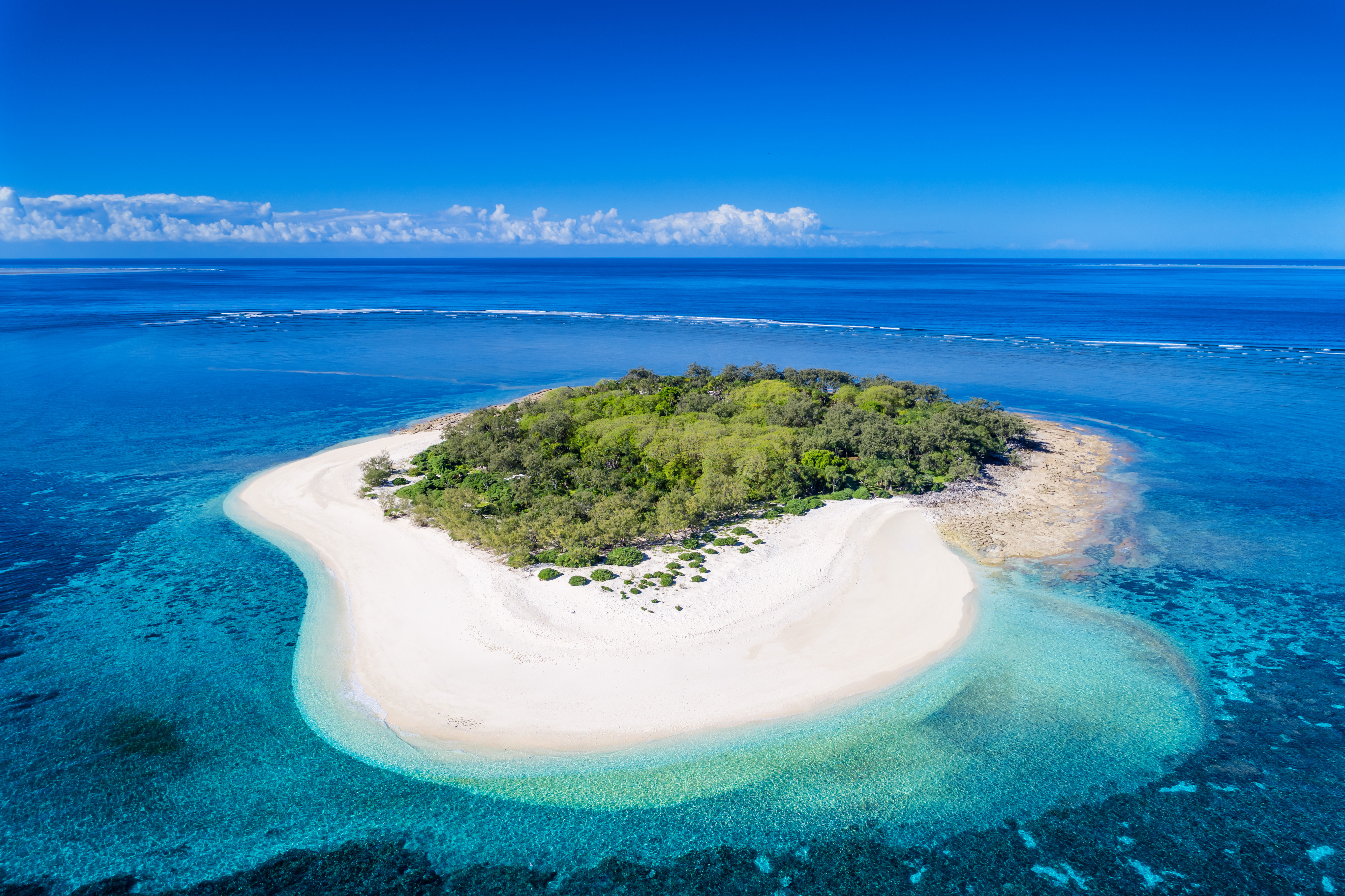
Differences in geomorphology, lagoonal habitats, and fishing history likely contribute to the differences among remote reefs. The Cocos (Keeling) Islands typically had larger-bodied predatory species than at the Rowley Shoals. Length distributions of fish differed among habitats at the Rowley Shoals, suggesting differences in ontogenetic shifts among species. We recorded high abundances of regionally fished species relative to other isolated reefs, including globally threatened humphead Maori wrasse (Cheilinus undulatus) and bumphead parrotfish (Bolbometopon muricatum). Fish assemblage composition and the relative abundance of regionally fished species were remarkably stable through time. We used baited remote underwater video systems (BRUVS) to quantify fish assemblages and the relative abundance of regionally fished species within the lagoon, on the slope and in the mesophotic habitat at the Rowley Shoals at three times spanning 14 years and compared abundances of regionally fished species and the length distributions of predatory species to other isolated reefs in the northeast Indian Ocean. The remote Rowley Shoals are regarded as one of the healthiest reef systems in the Indian Ocean with demonstrated resilience to natural disturbance, no permanent human population nearby, low visitation rates, and large protected areas where fishing prohibitions are enforced. Thus, careful management, through effective area and species protection measures, are needed to prevent further depletion of predatory reef-associated populations and conservation of this biologically important area.Īnthropogenic impacts at isolated and inaccessible reefs are often minimal, offering rare opportunities to observe fish assemblages in a relatively undisturbed state. The findings add to the growing evidence that deep waters around coral reefs are important habitats for predatory reef fish.

Habitats in relatively deeper waters and dominated by hard and soft corals hosted high species richness and abundance of predatory reef fish types/taxa compared to mixed sandy and rubble habitats. Predatory reef fish types/taxa were significantly predicted by depth and habitat types.

Thus, we deployed 79 baited remote underwater video stations (BRUVs) in variable water depths and habitats off Pemba Island, and modeled the effects of depth and habitat on abundance of predatory reef fish. This is the case off Pemba Island, Tanzania, yet the effects of these anthropogenic stressors on the distribution and abundance of economically and ecologically important predatory reef fish, including how they vary with depth and habitat type, is poorly understood. This study provides important information on reef predator populations in the Maldives, where detailed assessments of the reef predator assemblage are lacking but the reef fishery is thriving and annual catch will continue to increase.Ĭoral reefs across the world face significant threats from fishing and climate change, which tends to be most acute in shallower waters. Inner atoll lagoonal habitat is equally as important for reef predator assemblages as outer reef slopes, although the dominant species differ. Depth and complexity were consistently important predictors of the predator assemblage. Body sizes of several predator families were consistently larger in the outer atoll, however, abundance, biomass and species richness were similar between outer edge reefs and inner lagoonal reefs suggesting atoll lagoons may be undervalued habitats. We found that predator assemblages were significantly different between inner and outer atoll. Using a combination of underwater visual census and baited remote underwater video, this study aimed to compare reef predator populations between inner and outer reefs of North Malé Atoll (Maldives) and determine which reef metrics may drive any differences in assemblage structure. Reef predator populations are declining, but there is little known about how their distributions may vary across oceanic atolls. Oceanic atolls may differ though, as nutrients are available throughout. It is thought that reef predator assemblages increase in density and diversity from inner lagoonal to outer edge reefs.

Predators on coral reefs play an important ecological role structuring reef fish communities and are important fishery targets.


 0 kommentar(er)
0 kommentar(er)
